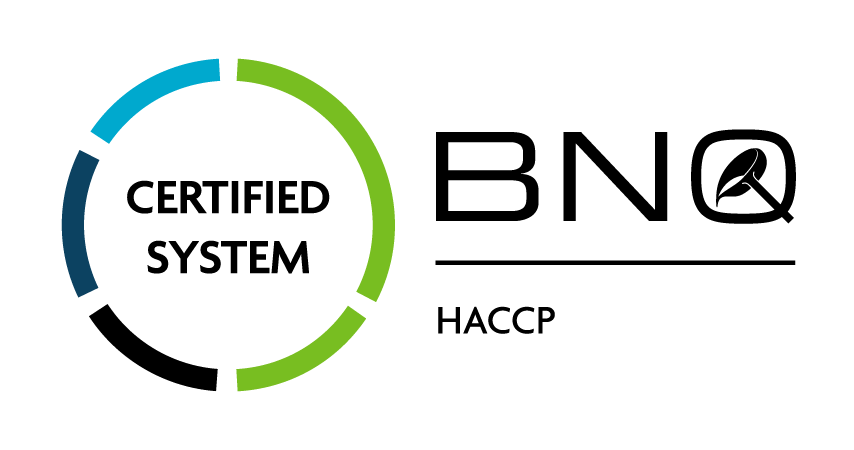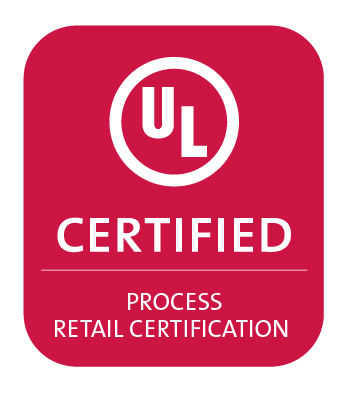Using a risk-based approach for planning the timeline and strategy for your drug’s development and scale-up can help you avoid very costly delays. Yet, in the race to bring a drug to market, assessing risk can often be overlooked. Each case is going to be different; however, by creating a comprehensive plan for risk management (applying ICH Q9 as a basis), you can lower the overall level of risk from beginning to end. This not only puts you in the best possible position to avoid questions from the FDA at the time of submission but it also results in a more efficient development process and a higher-quality product.
The following guidelines should be considered when planning a risk-based approach to your solid oral dosage scale-up. It’s important to look at each of these factors, so you can successfully determine the best point to scale up as well as how much to scale up to.
BCS Classification Sets The Stage For Risk Analysis
According to the related FDA guidance, the Biopharmaceutical Classification System (BCS) is “a scientific framework for classifying drug substances based on their aqueous solubility and intestinal permeability.” It is also based on the dissolution of the drug product. There are four classes a drug can fall into:
• Class 1: High Solubility, High Permeability
• Class 2: Low Solubility, High Permeability
• Class 3: High Solubility, Low Permeability
• Class 4: Low Solubility, Low Permeability
Classes 1 and 3 present the least amount of risk, since these drugs dissolve quickly and the formulation attributes have limited impact on the rate of dissolution. However, for Classes 2 and 4, any change can impact those key attributes, affecting how your dosage form performs in the body. That is why these classes hold a higher risk. Assessing the risks related to your drug’s BCS classification should be the first step you take when determining potential development roadblocks.
A Drug’s Release Profile Helps Identify Additional Risks
Another factor that impacts the level of risk you may face during development is the release profile of your drug: immediate release (IR) or extended release (ER). Taking the BCS class and release characteristics into consideration helps identify additional risks (such as any requirements prior to approval or potential financial burdens) as well as timeline delays for the company. One example of this is a bioequivalence study. The drug’s class combined with its release profile help determine whether or not a bioequivalence study is needed at the time of scale-up to commercial manufacturing to prove to the FDA that the drug product will not change during scale-up. Since this comes with a considerably high price tag and can add up to six months to your timeline, most companies would prefer to avoid the extra step by waiving the need for the study. However, this is not always possible.
Since any minor changes during transfers or scale-up could impact the drug’s efficacy, ER drugs are always subject to bioequivalence studies, unless a validated in-vitro in-vivo correlation (IVIVC) model has been developed. If a validated IVIVC model has been developed, dissolution data could be used to support the changes. IR drugs are not as sensitive to change and, therefore, are not subject to bioequivalence studies (with the caveat that the BCS is also taken into consideration). If the drug is IR and also a Class 2 or 4, it is held to the same standards as an ER drug, including the bioequivalence study. If the IR drug is Class 1, Class 3, or a combination of Class 1 and 3, you have the option to waive the bioequivalence study, as long as the conditions outlined in the guidance are met and the drug does not qualify as one of the exceptions noted in section V-D of the Scale-Up and Post-Approval Changes (SUPAC) guidance. If the waiver is issued, all changes going forward have to fall within SUPAC IR Level 1 and Level 2 changes.
BCS And Release Profile Define Scale-Up Timeline
Once the risks associated with the BCS class and release profile have been determined, the phase when scale-up should take place can be decided (Phase 2 or Phase 3) as well as the scale required (commercial demand or clinical supply).
Phase 2 Scale-Up/Site Transfer:
The risk of a Phase 2 scale-up is that the final formulation, dosage form (tablet vs. capsule), and market image may not be finalized or may not yet be available. This leads to the need to make a business decision about whether a bioequivalence study will be performed at a later stage, or if it is possible to “lock in” the formulation, dosage form, and market image prior to Phase 3. Once the formulation is locked in, there is no room for change or the option to adapt to information found during Phase 3 manufacturing and clinical trials. Changes also become more costly. In addition, manufacturing of Phase 3 supplies at the commercial site using a “locked-in” formulation ensures that the Phase 3 data is representative of the commercial product. This puts you at risk of not being able to adapt the formulation or process based on available data. Since this is your final formulation, every change you make is more time intensive and more costly.
Finally, the commercial batch size needs to be established prior to Phase 3, which leads to a larger cost of goods and longer manufacturing timeline. Depending on your study design, multiple dosages of the compound may be used in Phase 3, while a smaller number of the dosages may be used for commercialization. By making multiple “strengths” at large commercial-scale batch sizes, you could be making a significant investment in a product that may not be commercialized.
Phase 3 Scale-Up/Site Transfer
The benefit of a scale-up/site transfer during Phase 3 is that all necessary data and input (marketing, clinical, final dosage strengths) is available. However, there may be additional requirements or studies following the new drug application (NDA) submission. If the agency deems that the scale and formulation of the product is not representative of the product used in Phase 3 trials, additional studies and testing could be required prior to approval. During face-to-face meetings with the FDA, questions regarding the scale-up and transfer plan can be asked. However, a definitive answer may not be given.
If the drug is ER, then Phase 3 clinical manufacturing should be done at the commercial site. If it is an IR product that is BCS Class 1 or 3 and the formulation is locked in, Phase 3 can be done at the development site and registration and commercial batches at the commercial site. For Classes 2 and 4, which are poorly soluble, the risk would be much greater, and the manufacturing should be performed for Phase 3 registration and validation batches at the commercial site.
Final Scale-Up Considerations
After all factors have been considered for determining when and how much to scale up, other factors that should be considered when you are ready to move forward with scale-up are:
• Quality by Design (QbD) – Use QbD to identify all critical ingredients in the formulation, such as the quality attributes of each ingredient, unit operations in processing, and process parameters in the unit operations.
• API – Control of your API process is essential to any scale-up or site transfer. If the active ingredient is not well controlled for analytical and physical properties, then the reference point for all testing and process data will be highly variable.
• Excipients – Control of the critical excipients in the formulation is also essential. Through a Vendor Qualification Program, the quality of all source excipients should be verified to be acceptable and all critical quality attributes of the excipients well maintained. During formulation, development tests on excipients, including different grades and particle sizes, should have been performed.
• Equipment – Maintaining the same equipment function (i.e., bin blender to bin blender) is important. If the equipment at the commercial site or alternate site is not the same in regard to function and design, the scale-up process could become lengthy, costly, and could lead to a finished product not meeting the required specifications. It may also reflect a lack of robustness in the formulation and potential issues at the process validation stage.
• Process Parameters – Well-defined process parameters prior to scale-up (dwell time, Environmental Equivalency Factor (EEF), etc.) will aid in the scale-up and definition of the process parameters.
• Design of Experiments (DoE) – DoE, a key principle of QbD, must test the extremes of the critical process parameters to define the acceptable processing range.
• Project Management and Reports – Throughout this entire process, project management and report writing must be maintained. The FDA expects everything to be summarized in a report, so it is confident all results have been tracked and documented.
There is a significant amount of planning that goes into developing an effective scale-up timeline and strategy, and doing so early and with consideration of all possible risks will ultimately allow you to meet your development goals in the most cost-effective and timely manner possible.
Article by: ALEXANDER WELLEMS






